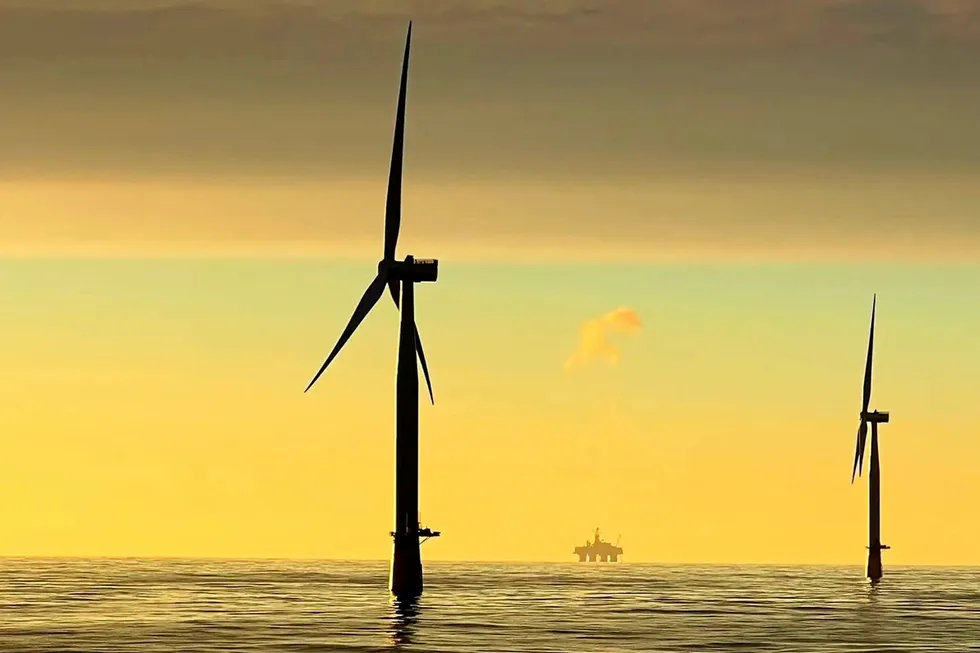'Green hydrogen markets — not electricity demand — will drive North Sea offshore wind boom'
Targets by nations bordering ageing European offshore oil & gas play to have some 250GW of sea-based wind plant turning by mid-century hinge on decarbonisation-driven production of green hydrogen and e-fuels, says analyst house Aegir
